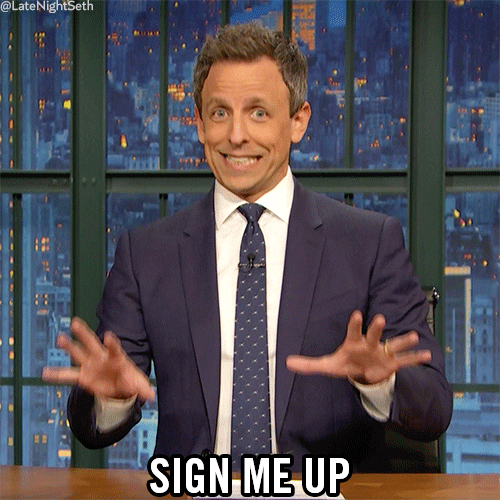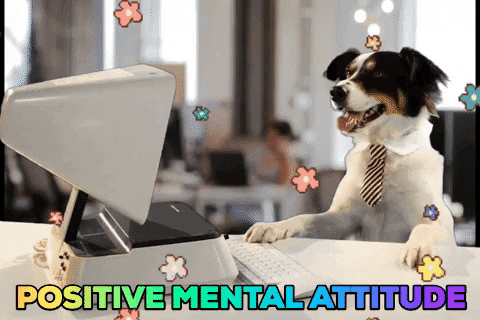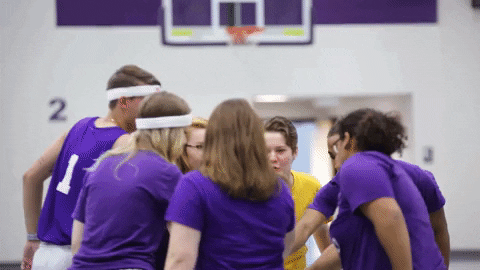Buddy programs have become a staple of many companies’ onboarding experiences because they eliminate that “new kid at school” feeling by helping new hires connect with and feel supported by their fellow team members as they adjust to their new roles.
When Microsoft piloted their 600-member buddy program they discovered that 56% of new team members felt more productive when they met with their onboarding buddy at least once over 90 days. The stats improved with frequency, too: Microsoft found that 97% of team members who met with their buddy eight times over 90 days decreased their time to productivity in the company.
The onboarding experience plays a huge factor in retention and engagement as well. When new team members are onboarded successfully, retention increases by half, and they are likely to stay at a company for at least three years.

But in order for a buddy program to be effective, you need to make sure it helps both the new hire and their buddy realize their potential by focusing on what makes a great relationship: communication that leads to both parties growing toward a shared goal. Buddy programs create a space that allows for candid conversations and growth for all involved. With that goal in mind, here are some do’s and don’ts to keep in mind when building and implementing your buddy program.
Do: Have Clear Criteria for Joining the Buddy Program
As you organize your buddy program, make sure that you also have clear qualifications and guidelines for anyone who wants join as a buddy. Some criteria to participate may include:
- Minimum amount of time with the company (this is usually set at around 6 months to ensure that the team member has a solid understanding of resources and their everyday responsibilities)
- Strong communication skills
- An understanding and commitment to your company’s culture and values
- Excellent time management and self-management skills

Every role fluctuates in “busy-ness,” so some people may need to opt out of being a buddy for a round or two due to their bandwidth. Give your team members space to reevaluate their position in the program whenever possible: You want your buddies at their best, and they might feel guilty if they’re not able to fully pay attention to their new hire buddy.
Don’t: Pair New Hires with Burned-Out Team Members
Team members who are burned out can’t give 100% of themselves to a relationship with a new hire. And their sense of “feeling burned out” might actually come off as not being invested in their buddy — which isn’t great for the morale and culture building you’re striving for and . Burned out team members can inadvertently hinder your new hire’s excitement (which is exactly the opposite of what you’re trying to achieve!).
If someone exhibits signs of burnout but wants to be a part of the program, you should create a plan to help get them to a place where they can participate in a few months. You should also work together to identify where your team member feels like they’re fraying at the edges and continue to have on-going conversations about their bandwidth. When you help get them to a comfortable place, your team member will be excited — and prepared — to extend a helping hand to a new hire.
Want to be a better manager with a happier, healthier and more effective team?
Sign up for a free coaching consultation with Uptick Co-founder Chris Zaugg to improve your team’s effectiveness by connecting relationally.
Do: Make Pairs Within the Same Peer Group
When it comes to matching buddies your instinct might be to pair your new hire with a senior-level team member or manager, but you should actually keep new team members within peer groups as much as possible. It may have been a year or even longer since a senior-level team member was in the same role as your new hire — and so much can change between new processes, technology, and their day-to-day routines. A team member in a similar role can more easily relate to the anxieties and stressful situations that come with the job and offer empathy and insight to help your new team member build their confidence.

That isn’t to say that senior-level managers can’t be a part of team members’ onboarding experiences. Have your new hires meet with senior-level team members by hosting skip-level meetings toward the end of their onboarding journey. That way, senior-level members can meet with new team members, find out more about their goals, and receive feedback about the onboarding process.
Don’t: Force a Team Member to Participate
When you force someone to participate in anything, they feel resentment. Remember all the times gym class made you play a sport you despised? How you huffed and puffed around the field because you just weren’t into the game? Well, that’s the same feeling some people have about being forced to participate in an extracurricular work activity or program.
Any negative feelings your team member feels at being forced to participate will trickle down to their buddy and will sour the experience for anyone involved.

Do: Make it Easy for Team Members Volunteer When They’re Ready
Some people may not be as readily available for a buddy for various reasons: They received a new client and are trying to ease into the new relationship, or perhaps they were promoted to a new position and are getting used to new role. By keeping the program continually open to volunteers, you give team members space to evaluate if — and when — they want to participate.
You should be open and transparent about how team members can learn more about joining the program, and make it as easy as possible for people to let you know they’re interested. Don’t make them jump through hoops — or fill out tons of forms — just to get more information.
If you have team members who want to grow to become managers and need to work on their coaching mindset or soft skills you can ask them directly to be a buddy — but remember to give them the space to say no. Just as you expect your new team members to settle in, this may be a time your experienced team members need to take a moment to themselves before they are ready to commit to an important program. or
Do: Set Expectations With a Buddy Program Orientation
Set your team members and new hires up for success by hosting a buddy program orientations. Use these orientations as opportunities to spell out what is expected from both buddies.
Some expectations, guidelines and resources you can share for your team members participating in the program are:
- How frequently they should be meeting with their buddy
- Where and when they should meet with their buddy
- How to act as an informal resource and offer advice and assistance to their buddy
- What to do if their buddy won’e engage with them
It’s also important to make it clear to your team member that they’re not replacing their buddy’s manager, and won’t be expected to host any trainings on tools or processes — that way they don’t feel overwhelmed by the thought that they’ll be solely responsible for the onboarding process.

As for your new hire, they’re expected to ask questions and be honest about their experiences with their buddy. While the experienced team member can begin the meeting with open-ended questions, it’s up to your new team member to be vulnerable and honest.
Buddy Programs Run Smoothly When They Establish Growth for Both Buddies
While buddy programs fast-track connection and help acclimate new team members, they operate at their best when both parties can reflect on the experience and see how they’ve grown through the relationship.
For new hires, the buddy program is an opportunity for them to connect with someone. They are given a space where they can comfortable sharing their thoughts and celebrating their small wins, like completing their first round of ideation or participating in their first company potluck. They are empowered to feel like their contributions matter, and are given a clear path for their role and growth in the company.
For experienced team members, buddy programs provide an opportunity to grow their leadership and coaching skills. As voluntary participants, these buddies help establish a program that doesn’t focus on ramping up their new team members for just the sake of productivity; they get to grow alongside their new buddies and make a positive impact throughout your company.
Want to be a better manager with a happier, healthier and more effective team?
Sign up for a free coaching consultation with Uptick Co-founder Chris Zaugg to improve your team’s effectiveness by connecting relationally.
